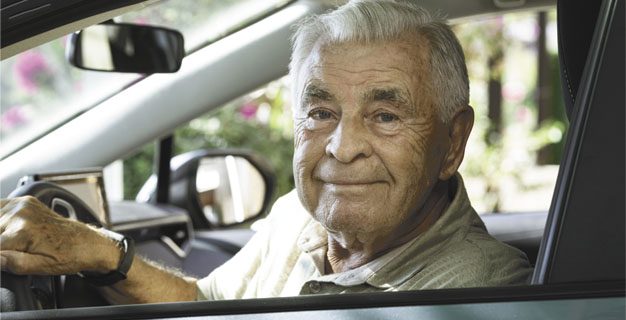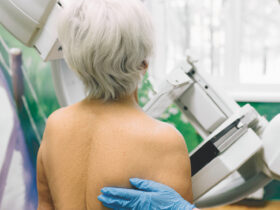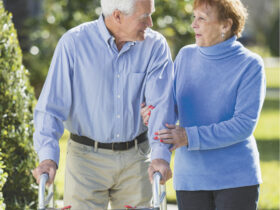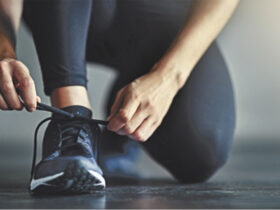By Shannon Willits, Master Pilates Educator
Childhood obesity continues to affect more than 1 in 5 children in the United States, according to the CDC. This is not only a physical health concern, it’s a whole-child issue. Excess weight in childhood is linked to a range of challenges including low self-esteem, movement avoidance, insulin resistance, joint strain, and even delayed physical development. But while much of the national conversation focuses on food and fitness, an equally critical and often overlooked factor is play.
Not just any play—movement-rich, developmentally supportive, and imaginative play. The kind that builds coordination, strength, confidence, and lifelong habits of physical literacy. Interestingly, these are the very same movement goals emphasized in the Pilates method. When children are given the opportunity to move with intention, creativity, and joy, the physical and emotional benefits multiply.
Movement Is the Gateway to Learning and Growth
From birth, the brain wires itself through movement. Infants learn to lift their heads, roll, crawl, and eventually stand—all through self-initiated motion. These early milestones do more than strengthen muscles; they lay the foundation for balance, attention, social behavior, and even language.
Neurophysiologist Dr. Carla Hannaford calls movement the brain’s “first language,” which remains essential long after the first steps. Children process emotions, regulate behavior, and build body awareness by moving. When movement is limited by sedentary environments, poor self-image, or underdeveloped motor skills, so is the child’s ability to thrive.
Children experiencing obesity are often caught in a loop: movement feels hard, so they avoid it. But avoiding it makes movement even harder. Breaking this cycle requires more than structured workouts. It requires an invitation to move joyfully and playfully, without pressure.
Developmental Gaps and the Power of Movement Repatterning
Research shows that children affected by obesity frequently exhibit delays in key physical milestones. Rolling, crawling, balancing, breath regulation, and coordination across the midline can all be underdeveloped. These patterns matter, not just for sports or physical education, but for posture, digestion, joint health, and nervous system regulation.
According to the Journal of Developmental Medicine and Child Neurology, these children often have impaired balance, poor midline control, and reduced sensory integration. This makes active play less enjoyable and even intimidating. Pilates-based movement—particularly when integrated with imagination and storytelling—offers a corrective and empowering approach.
It’s not about formal workouts. It’s about restoring natural movement through playful exploration.
Pilates Principles Hiding in Play
Pilates is known for breath, control, alignment, and precision—all critical elements of functional movement and injury prevention. However, these same principles are embedded in the instinctive way children play.
For example:
. Swan mimics how a child lifts their chest to look around during tummy time.
. Rolling Like a Ball echoes early somersaults and teaches body control.
. Seal and Crab Walks stimulate spinal mobility and coordination.
When these movements are introduced through storytelling—becoming dolphins, logs, or flying superheroes—they engage the body and the imagination. This makes the work feel fun and the learning deeper.
Play Builds Strength, Confidence, and Connection
Play isn’t just about burning energy. It teaches problem-solving, patience, teamwork, and adaptability. In the context of Pilates-based movement, play supports:
. Crossing the midline, which is essential for reading, writing, and brain-body integration
. Vestibular stimulation, which helps with balance and spatial awareness
. Proprioception, or knowing where the body is in space
. Core-limb coordination, making everyday movement smoother and safer
. Emotional regulation, assisting kids to manage frustration and sensory input
Children who move more fluidly tend to engage more socially, learn more effectively, and confidently carry themselves. And when they play in successful and empowering ways, they’re more likely to want to keep moving, laying the foundation for healthier habits.
Movement and Mood Go Hand-in-Hand
Beyond physical skills, play helps children regulate their emotions. When the body moves, the brain shifts. Breath becomes deeper. Tension decreases. The vagus nerve, responsible for calming the nervous system, is stimulated through rhythmic movement and diaphragmatic breathing, both central to Pilates.
Children who feel grounded in their physical bodies often show improvements in sleep, mood, attention, and social behavior. When play includes breath awareness, focused attention, and gentle movement, it becomes a tool for fitness and emotional health.
What Families Can Do — Starting Today
It doesn’t take a lot of equipment or a studio membership to incorporate playful movement into everyday life. Some of the best tools are already in every home: the floor, a pillow, imagination, and a few minutes of attention.
Try:
. Animal walks: crab, bear, frog, or snake
. Rolling races or “log rolls” down soft surfaces
. Pretend play that involves climbing, crawling, or balancing
. Breath games, like blowing imaginary feathers across the room
. Cat stretches or rocking after meals or before bed
Small, consistent movement breaks—especially if shared as a family—help normalize physical activity and reduce the stigma that exercise is punishment.
A Joyful Framework for Healthy Growth
Childhood obesity is a complex, multi-system issue. But one thing is clear: helping kids fall in love with movement, through play, not pressure, is a powerful step in the right direction.
When adapted to the playful spirit of childhood, the Pilates method offers a way for kids to build strength, mobility, and self-trust. More importantly, it reminds them that their bodies are good, capable, and meant to move.
When movement is playful, it becomes accessible. When it’s purposeful, it becomes powerful. By inviting children to move with joy and curiosity, we give them the tools to prevent obesity and to build a lifetime of confidence, health, and self-worth.
Shannon Willits, Master Pilates Educator
Shannon Willits is a Master Pilates Educator with over 20 years of experience in functional movement and athletic performance. She is STOTT-certified, a Fellow of Applied Functional Science (FAFS), and a Functional Golf Specialist, bringing expertise to both rehabilitation and sport-specific training. As the owner of four Club Pilates studios in Lee County, FL, she trains and mentors aspiring instructors through her Southwest Florida Pilates Academy and innovative apprenticeship model. Shannon is also the host of the Alignment Matters Podcast, where she shares insights on Pilates, movement science, and wellness.









